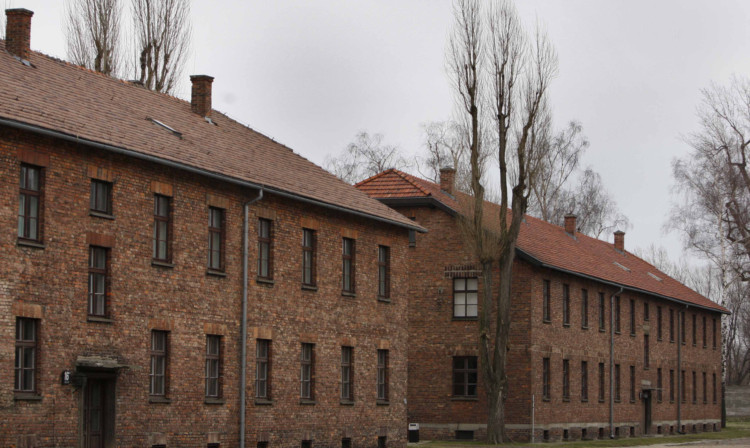Thirty alleged former Auschwitz guards have been accused of Nazi war crimes by a special German prosecutors’ office, opening the possibility of a new wave of trials almost 70 years after the Second World War.
An investigation of about 50 suspects turned up enough evidence to recommend that state prosecutors pursue charges of accessory to murder against 30 of them.
The cases are being sent to the responsible state prosecutors’ offices in 11 of Germany’s 16 states. It will be up to them to determine whether the elderly suspects – primarily men but also some women – are fit to stand trial and whether to bring official charges.
“The biggest enemy is time,” said Kurt Schrimm, the head of the Ludwigsburg federal prosecutors’ office
Accessory to murder charges can be brought under the same legal theory that Munich prosecutors used to try former US car worker John Demjanjuk, who died in a Bavarian nursing home last year while appealing against his 2011 conviction on charges he served as a Sobibor death camp guard.
Ukrainian-born Demjanjuk was the first person convicted in Germany solely on the basis of serving as a camp guard, with no evidence of involvement in a specific killing. Under the new legal argument, anyone who was involved in the operation of a death camp was an accessory to murder. Demjanjuk maintained that he had been mistaken for someone else and never served as a camp guard.
Efraim Zuroff, the top Nazi hunter at the Simon Wiesenthal Center in Jerusalem, said the decision could mean even more cases will be opened against guards at the other five main death camps established by the Nazis.
“We commend the (prosecutors) for seeking to apply the precedent as widely as possible and hope that they will be able to find as many perpetrators as possible,” he said.
“It’s only a shame that this kind of legal reasoning was not applied previously, because it would have led to many, many more cases of people who definitely deserved to be brought to justice.”
Mr Schrimm said that even guards who worked in a death camp’s kitchens played a role in the facility’s function as a site that existed for the purpose of mass murder.
But he said the health of the suspects – and of possible witnesses – would make bringing them to trial difficult. “I don’t want to raise excessive expectations,” he said.
About 1.5 million people, primarily Jews, were killed at the Auschwitz camp complex alone between 1940 and 1945.
